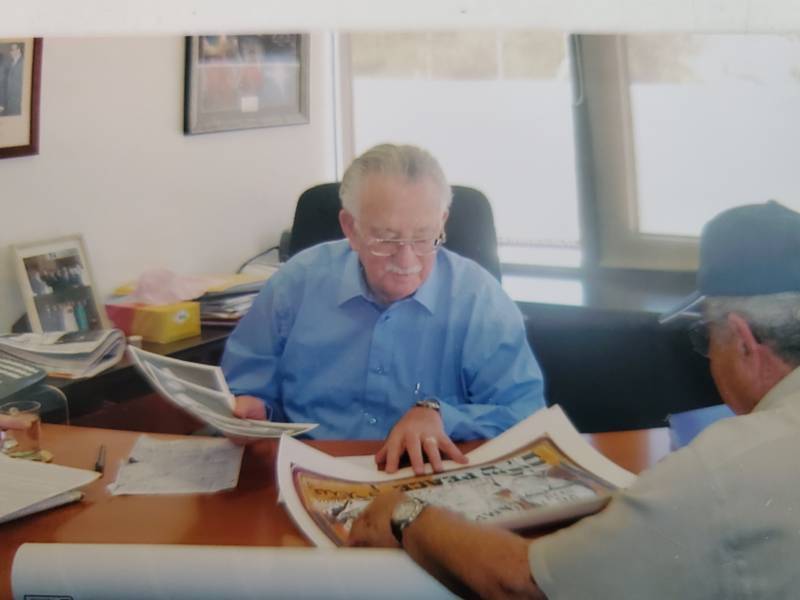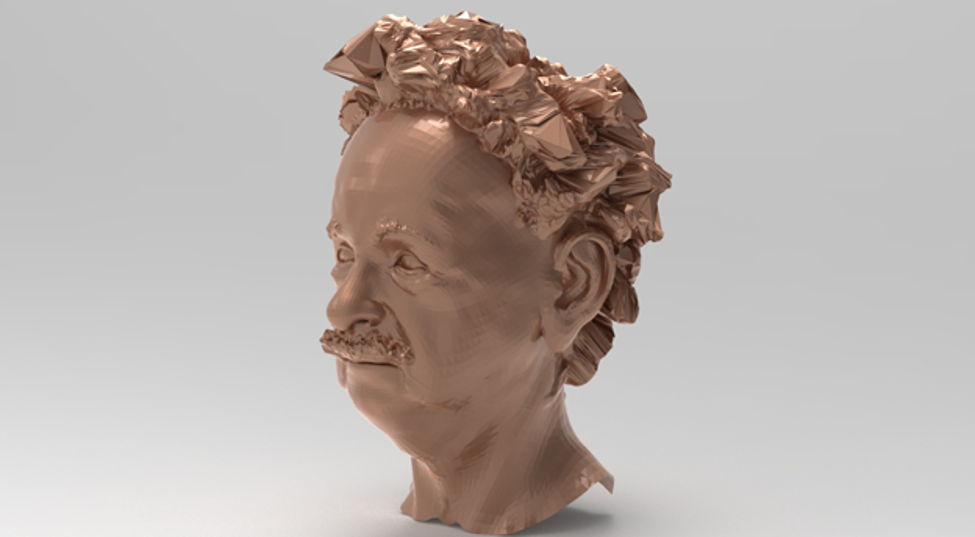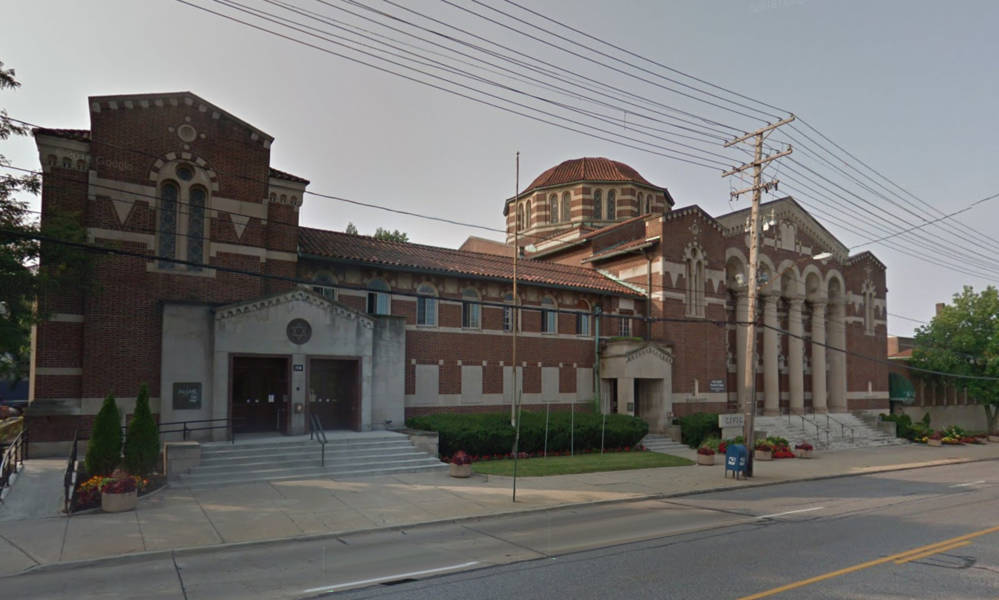Joel Rube went to the University of Miami (Florida) on a full Presidential Scholarship in Art. He was recruited by Andrew Morgan, who had been President of Kansas City Art Institute for 15 years as well as founder of the National Association of Schools of Art (N.A.S.A.), M.A.P, and U.I.C.A. Dr. Morgan considered Joel to have the talent of his close friend, Robert Rauschenberg.
Rube has done portraits for many of our world leaders: President Carter, Premier Begin, President Sadat, President Reagan, Vice-President Bush, and Pope John Paul II. His work is shown in many of the finest collections in the world: Lee lacocca, CEO Chrysler Corporation, RET; White House; Vatican Senator Edward Kennedy; Dr. Henry Kissinger; Phyllis Diller; Ambassador Milton Wolf, and A. Reynolds Morse, former owner of the Dali Museum.


Joel Rube grew up as a rather wild child of the 60’s. although he always had a passion for art he had a bit of a wild streak. This allowed, or forced, Joel to break a 300 year old tradition of rabbis in the family.
The head of the yeshiva he applied for, to become a rabbi, told Joel that if he had brains instead of talent he would allow him to become a rabbi.
The pressure was great on Joel because he grew up at the center of a community that today has produced the CEOs of the 3 largest North American Jewish organizations. The Cleveland community has also trained many world leading Clergy and Jewish lay leaders.
Yet Joel was always considered a rebel, and as he grew into his own Joel forged his own path. Most would say successfully, embracing the old with the new.
To help, Joel empathized with the novel”my Name is Asher Lev” written by his dad’s friend Chaim Potok. about a young artist that goes against tradition to forge his own way.
And that he has found his way !
By MICHAEL DREXLER
Currents Magazine(Updated)
Joel Rube is not a starving artist. While most painters and would-be painters huddle in the corners of the local coffee shop, pontificating public’s lack of appreciation for the artist’s struggle,
Mr. Rube shuttles back and forth across town, chatting with rich benefactors. He spends his days sketching out ideas for paintings which will eventually on the general find their way to New York’s top galleries.
How did he do it?
“I’m extra, extra, extra special LOL, just kidding” says the Clevelander whose father is Rabbi Milton Rube, what he means by “special” is his uncanny business sense, something which most artists notoriously lack.
Mr. Rube, who went through all the stages and fads expected of any young artist, now devotes much of his time to “3D Realism” painting, a breezy, pleasant style which often features a subject irresistible …beautiful women and action men.
His paintings have been be featured at the prestigious Dyansen Gallery in New York City .
While students rehash ideas set forth by the abstract expressionists of the 1950s, or indulge in pop-art, Mr. Rube sees a trend toward simpler, realistic lighter subjects. “The message is employment. It’s for entertaining,” says Mr. Rube, a bearded, casual man who would be easily spotted as an artist. His studio located in Cleveland, Ohio, is a veritable warehouse of supplies and computers. A short inventory includes rolls and rolls of Belgium canvas, 400 tubes and jars of acrylic and oil paints, 20 air brushes, 400 paint brushes…His computers have most of the major programs and plugins that artists use today.
He does much of his preliminary drawing at home, and either works it all on the computer or comes to the studio to set his ideas to paint.
He has come a long way since his first serious at-attempt at painting at Cleveland Heights High School in the early 1970s under the tutelage of Lawrence Krause, retired chairman of the Cleveland Institute of Art’s painting department and Andrew Morgan, Past president of Kansas City Art Institute. At the time, there was passionately interested in the “New York School” of painting and his interest in painters such as Robert Rauschenberg( a close friend of Morgan’s), and Larry Rivers was quickly picked up by Mr. Rube. The student’s early work was influenced by these painters and others such as Jackson Pollock and Franz Klein(also friends of the immensely influential Morgan. Morgan Founded Union of Independent Colleges( UICA), also the National Association of Schools of Art ( NASA) and the “Art Foundations Program” used by most colleges in art for the last 60 years.
At Heights, which boasted a top-notch high school art department, considered to be the best in the country by Rhode Island School of Design, studied with much passion as well as levity. As well as University of Miami in Florida, where Mr. Rube received a full presidential scholarship, he lived the life at school and at Home on vacations, he would stay up all night. Painting with other artist friends in his parents’ basement. His parents wanted him to be a rabbi, doctor or lawyer,” but he wouldn’t hear of it”.
By the time he had come under the influence Mr. Krause, he was determined. “At Heights we just the usual exceptional class in the sense that it was average class, but Krause was such a fine teacher that he made the class great.” At Miami, Mr. Rube captured “a style of his own that can be seen a mile away” to quote painter Andrew Morgan, former president of the Kansas City Art Institute Art
Mr. Rube’s earlier work is noted for its unusual themes, especially that of “man’s inhumanity to man,” a subject he has developed often. During his abstract period, he began to get a unique feel for his painting. “It was as if he himself was the paint,” recalls Rhode Island artist Michael Dworkin, who had studied with Mr. Rube.
One painting from that period, which Mr. Dwolin now owns, reveals a thick, intense, highly emotional conglomeration of color. The paint seems almost to have been sculpted onto the canvas surface, and worked over as if it was clay. The unique combinations of colors keep the viewer’s eyes pinned to the canvas
At Miami, Mr. Rube learned more than just painting and drawing. “I also learned the business aspect
of art. They had a lot of families at that school that had big collections. They understood what collecting was. “I saw an aspect of collecting that I wouldn’t have seen in a school in Ohio. Most artists don’t understand what collecting is, so that gave me a big advantage,” he said. “In Miami they are much more akin to the art world and they understand that you can make a good living at it. So I felt confident coming out that I would make a living at it.” Graduating from Miami in 1979, Mr. Rube returned to Cleveland armed with a slew of paintings. Anything but shy, he proceeded to drum up interest by approaching various wealthy businessmen in hopes that they would become benefactors, Jules Bayer, president of National Artcraft “I walked into his office about five months after I graduated. He asked me what I wanted. I said, ‘I want you to make me rich and famous.’ I’m always straight-forward, you see. So, he fell out of his chair laughing. He told me I was a nobody, that’s why I needed him. He said, ‘Why should I help you, if you’re not somebody.’ We went on and on until he finally broke down. He fully supported Rubes career, besides doing “deco” art, many styles
Mr. Rube has done portraits for many world leaders, including President Jimmy Carter, Premier Menachem Begin, President Anwar Sadat, President Reagan, Vice-President George Bush, and Pope John Paul II. Two of Mr. Rube’s portraits are in the White House collection. One portrait of Pope John Paul II and presented himself in Rome, after which he spent some time chatting with the Pope. The painting hung in the Pope’s private chambers, till he passed away.

Synagogue that Joel grew up in.
Joel grew up at Temple on the Heights, the 3rd largest Jewish Conservative Synagogue in the world. Where his dad was a beloved Rabbi.